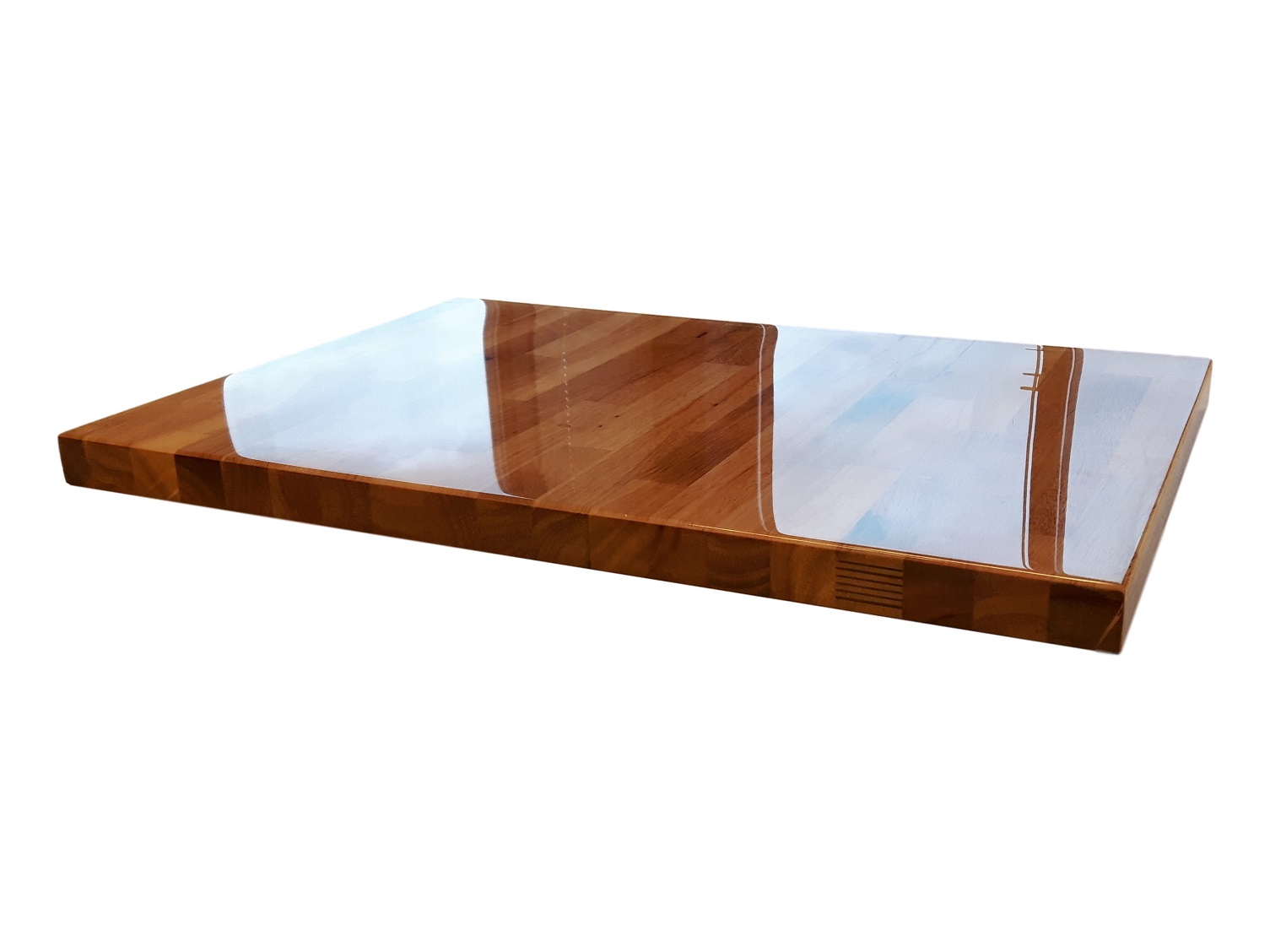Epoxy resin has become a popular choice in woodworking for its versatility and durability. Whether youre creating intricate designs or simply looking to protect and enhance the natural beauty of wood, epoxy resin offers a range of techniques and tips to help you achieve your desired results.
From creating stunning river tables to filling in cracks and knots, this innovative material allows woodworkers to take their projects to the next level. In this article, we will explore some of the best practices for using epoxy resin in woodworking, including preparation, application, and finishing techniques.
Whether youre a seasoned professional or just starting out, mastering the art of epoxy resin can open up a world of creative possibilities in your woodworking projects.
Introduction to Epoxy Resin in Woodworking

Epoxy resin has become an increasingly popular material in woodworking due to its versatility and durability.
In woodworking, epoxy resin is used for a variety of purposes, including filling in cracks and voids in wood, creating unique designs and patterns, and adding a protective finish to projects. It can be mixed with different pigments and dyes to achieve a wide range of colors and effects, making it a favorite among woodworkers looking to add a touch of creativity to their projects.
Additionally, epoxy resin is known for its strength and resistance to moisture and heat, making it an ideal choice for projects that require durability and longevity. Overall, epoxy resin offers woodworkers endless possibilities for enhancing and protecting their creations.
Choosing the Right Epoxy Resin for Your Project
Selecting the right epoxy resin for your woodworking project is essential to achieve the desired results. There are various factors to consider when choosing the type of epoxy resin, including the intended use of the project, the level of durability required, and the aesthetic finish you are aiming for.
Some epoxy resins are designed for specific applications, such as casting or coating, while others are more versatile and can be used for a variety of projects. It is important to carefully read the product specifications and instructions to ensure compatibility with the wood and other materials you are working with.
Additionally, consider the curing time and temperature requirements of the epoxy resin to ensure a successful outcome. By taking the time to research and choose the right epoxy resin for your project, you can ensure a beautiful and durable finish that will stand the test of time.
Preparing Your Wood Surface for Epoxy Resin

Preparing your wood surface for epoxy resin is a crucial step in ensuring a successful woodworking project.
Start by sanding the wood surface thoroughly to remove any rough patches or blemishes. This will not only create a smooth finish for the epoxy resin to adhere to but also help prevent any potential air bubbles from forming.
Next, make sure to clean the wood surface with a damp cloth to remove any dust or debris. This will help the epoxy resin bond to the wood more effectively.
Finally, apply a coat of wood conditioner to the surface to help seal the wood and create a better bond with the epoxy resin. By taking these steps to prepare your wood surface, you can ensure a professional-looking finish for your woodworking project.
Mixing and Applying Epoxy Resin
 Mixing and applying epoxy resin in woodworking requires careful attention to detail and precision. To begin, make sure to carefully read the instructions provided by the manufacturer to ensure the resin is mixed in the correct ratio.
Mixing and applying epoxy resin in woodworking requires careful attention to detail and precision. To begin, make sure to carefully read the instructions provided by the manufacturer to ensure the resin is mixed in the correct ratio.
Measure out equal parts of resin and hardener, then thoroughly mix them together in a separate container. Use a stirring stick to blend the two components together until they are fully combined.
When applying the epoxy resin to wood, use a brush or spreader to evenly coat the surface, making sure to work quickly as epoxy resin can begin to set within minutes. Take care to apply a consistent layer to avoid drips or uneven coverage.
Allow the epoxy resin to cure according to the manufacturers instructions before handling or sanding the wood.
Conclusion
In conclusion, epoxy resin has become an increasingly popular choice for woodworkers looking to add durability, strength, and creativity to their projects. By mastering techniques such as mixing, pouring, and curing, woodworkers can enhance the beauty of their creations while ensuring long-lasting results.
Whether repairing cracks or creating stunning river tables, epoksi smola offers limitless possibilities for woodworking enthusiasts to explore and experiment with. With proper knowledge and practice, incorporating epoxy resin into woodworking projects can elevate the overall quality and aesthetic appeal of the finished piece.







